Tile company takes creative risks with unusual designs that put flooring first
By Marq Burnett
Photography by Michelle Morrow
As they analyzed the tile industry, Kristin Ortiz and Lindsay Sheets noticed that there wasn’t a ton of creativity.
“We would love to do a floor tile and really push the narrative on what people are putting in their floors,” Ortiz said. “We’ve all kind of lived by this concept of the floor being an afterthought while the furniture or wall color are important. But we thought, ‘Why not base your design on what the floor looks like’ and really shift that conversation?’”
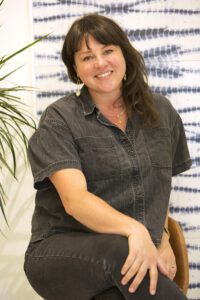
Lindsay Sheets
That led Ortiz and Sheets to create their own company, paving the way for the birth of Haustile.
Utilizing cutting-edge technology, Ortiz and Sheets use high-quality American-made porcelain tile to transform design-forward motifs into conversation pieces.
Ortiz said she and Sheets, creative design professionals with 30 years of combined tile experience, met six years ago and immediately hit it off. They often discussed starting a business together, but neither had the capital or bandwidth to do so with their jobs and lives in separate parts of the country.
But after years of discussion, the stars aligned for the partnership to come together.
A company that Sheets was working with went out of business, and Sheets went to their equipment auction. When she arrived, everyone in attendance were scrappers.She called Ortiz, who was standing on a beach in Puerto Rico.
They quickly decided to bid on the production line equipment, and they were in business.
Ortiz said it was “kind of just a fluke” when describing the business’ origin story.
“Being a woman-owned manufacturer is tough, but we’ve been able to wear many hats and make this work,” Ortiz said. “We feel like what we’re producing is going to shift the narrative on how people think about floor tiles. It’s a buzzword, but we want to be ‘disruptors’ by changing what’s available in the floor tile arena with some really bold, interesting and fun designs.”
The duo splits their responsibilities in a way that works for their personalities and their home bases.
Sheets is based in Nashville. She goes to the factory and manages production and all of the ins and outs that go into producing the product and running the business. That includes the hiring of employees, human resources, payroll and more.
Ortiz, based in D.C., handles the sales side and other client-facing aspects of the organization. She flies in once a month, and when the duo isn’t together, they rely on video chats and daily check-ins.
Their personalities are different: Ortiz describes herself as “very impulsive,” as she likes to react and get things done quickly. Sheets is more thoughtful, pragmatic and methodical.
Those differences allow the business to thrive.
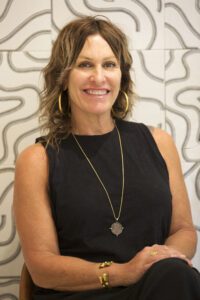
Kristin Ortiz
“We complement each other well,” Ortiz said. “We have strong design backgrounds, but different aesthetics. It gives us a great portfolio of designs—we have a taste of a bunch of different things that appeal to a lot of markets.”
The duo has decided to go the direct-to-consumer route, which Ortiz said is a new thing for tile—and more difficult because they need to build a brand. Traditionally, tile manufacturers typically sell to distributors.
“We’re in a world where everything is going direct-to-consumer because everyone wants to buy online,” Ortiz said. “If you can buy a car online, why not tile? And why not focus our sales on direct-to-consumer?”
Ortiz believes the company will benefit from having their finger on the pulse of millennial buyers as she believes that generation is going to be the their biggest market segment because they’re leaning more toward design.
She also believes Haustile will be able to tap into first-time home buyers, people who own short-term rentals and others as they grow their client base.
Ortiz said the ultimate goal is to have the strongest brand possible. She wants to eventually have two production shifts and to be internationally known.
“I would love to have our product all over the world one day,” Ortiz said. “Now that we’re getting out of COVID and I can travel more, we want to collaborate with up-and-coming artists from different cities. We want to bring life to young artists who might not be known yet, but who have a great story—so we can help other people build their brand and their story. That’s the best form of collaboration in art.”
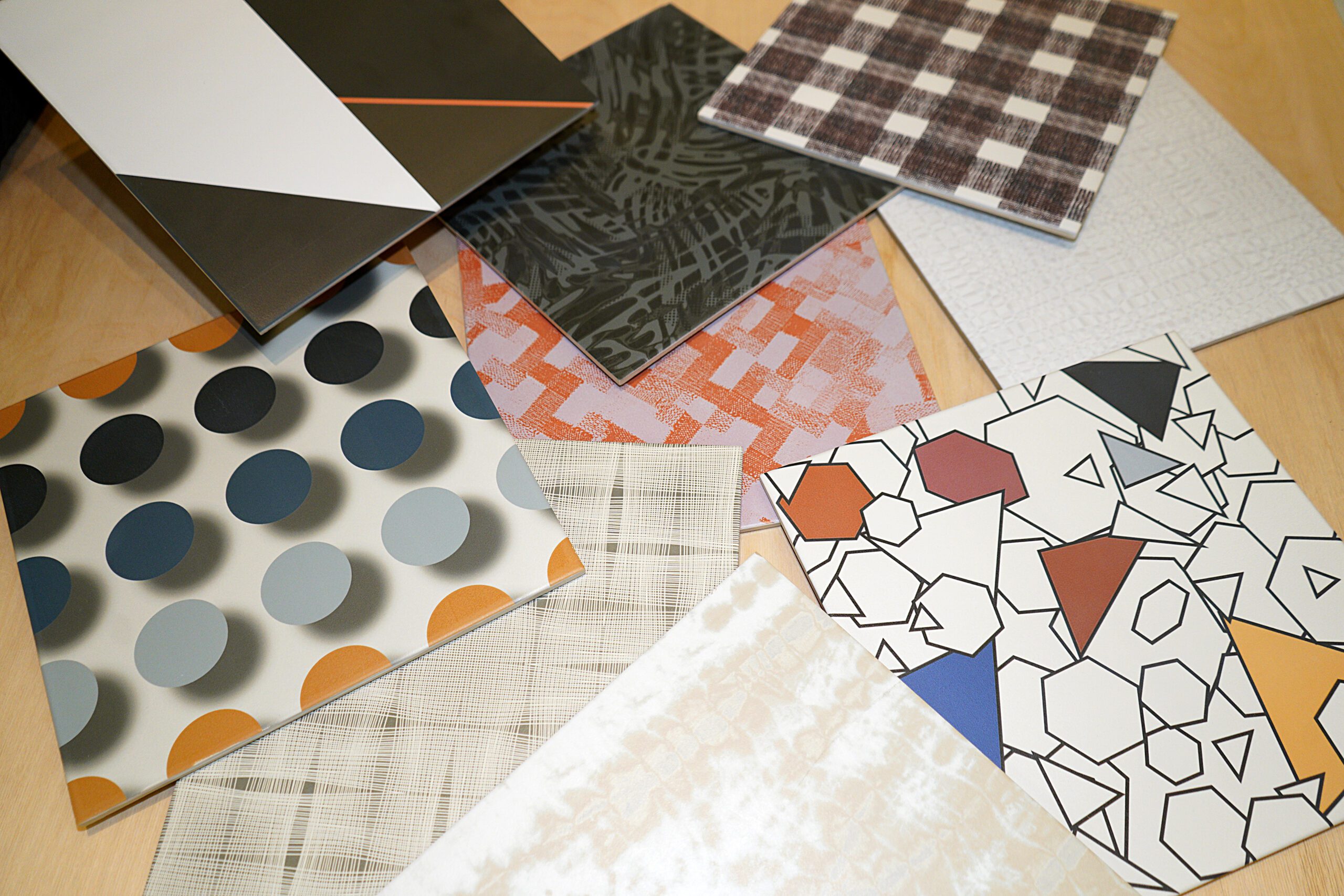
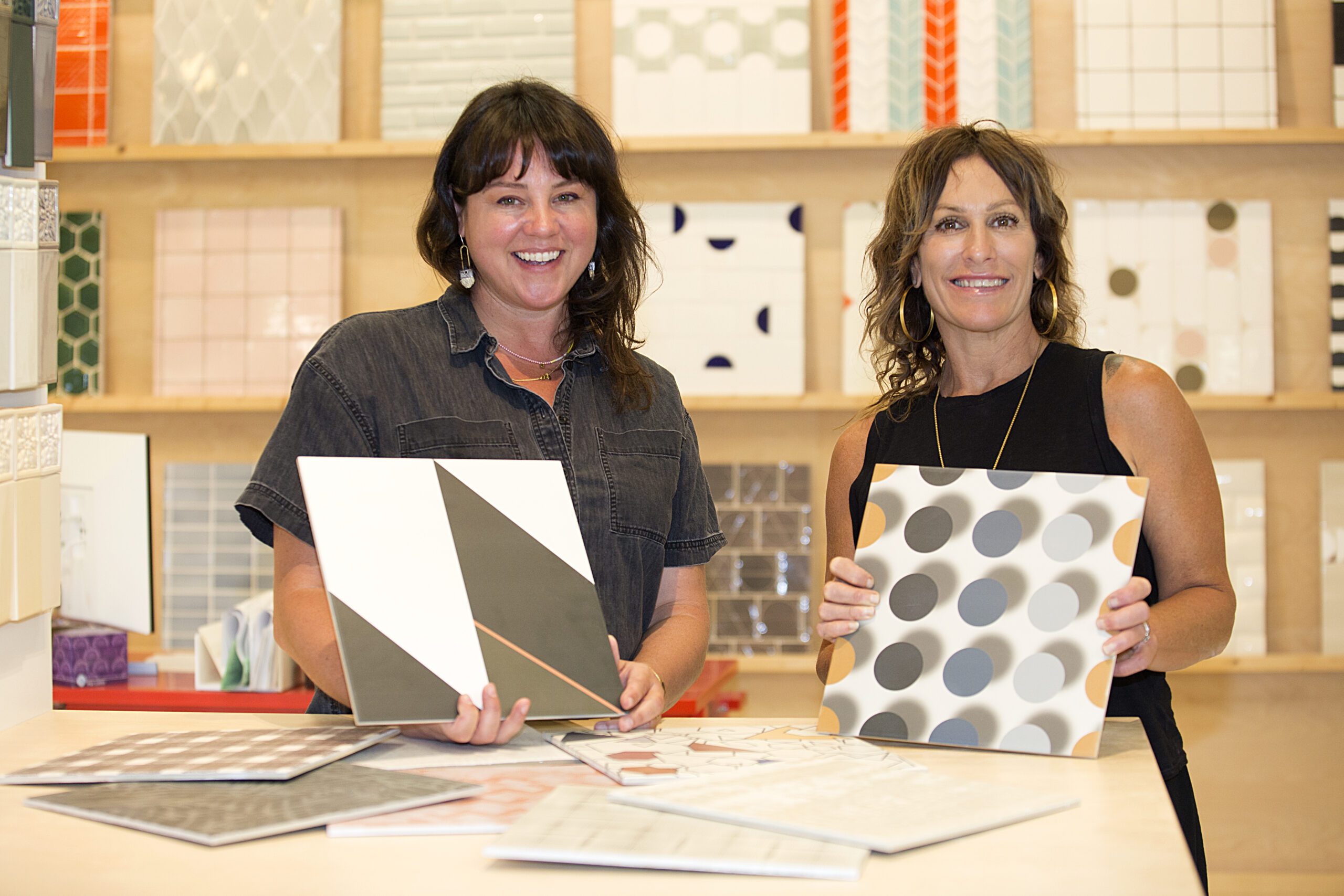
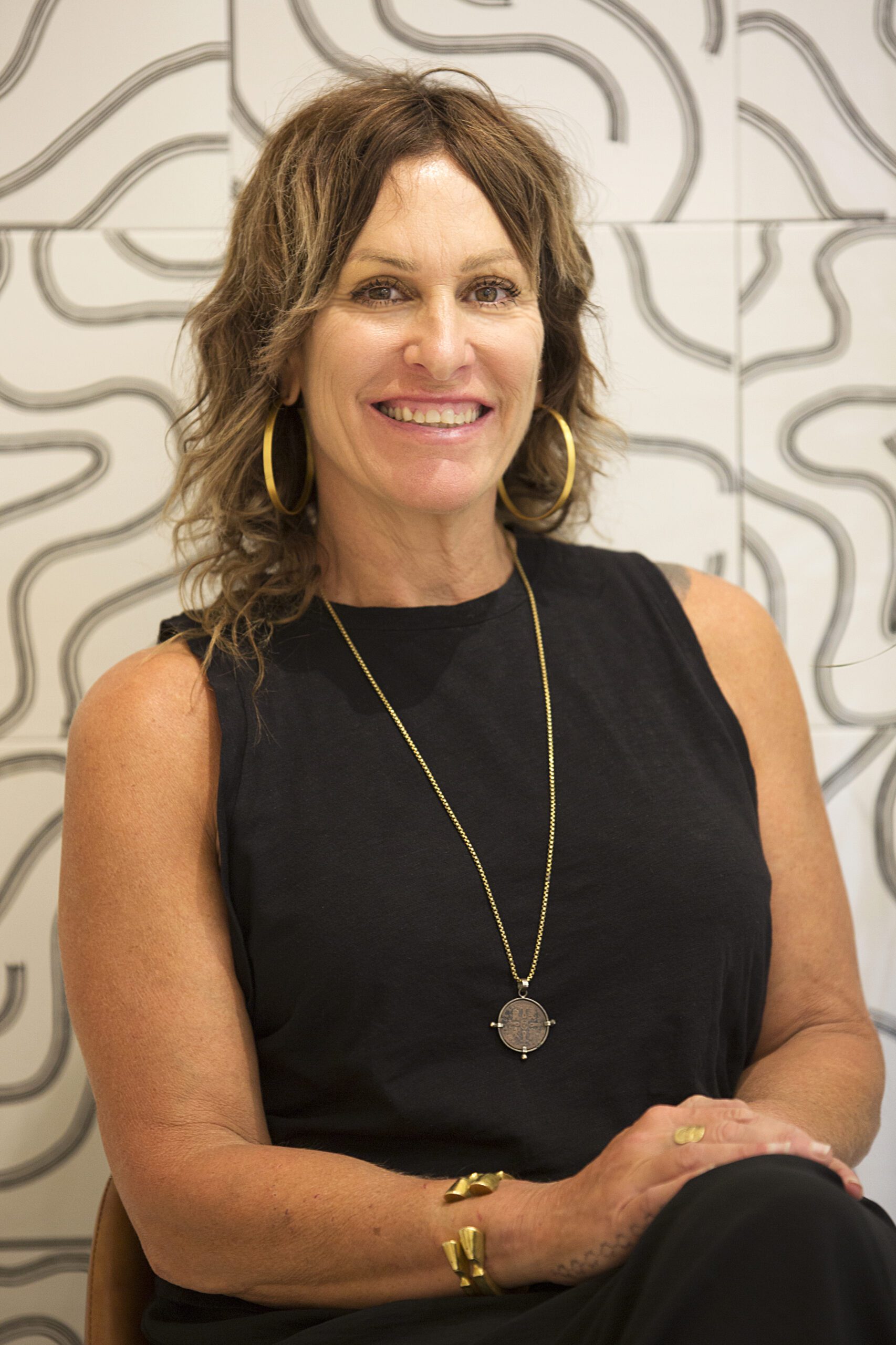
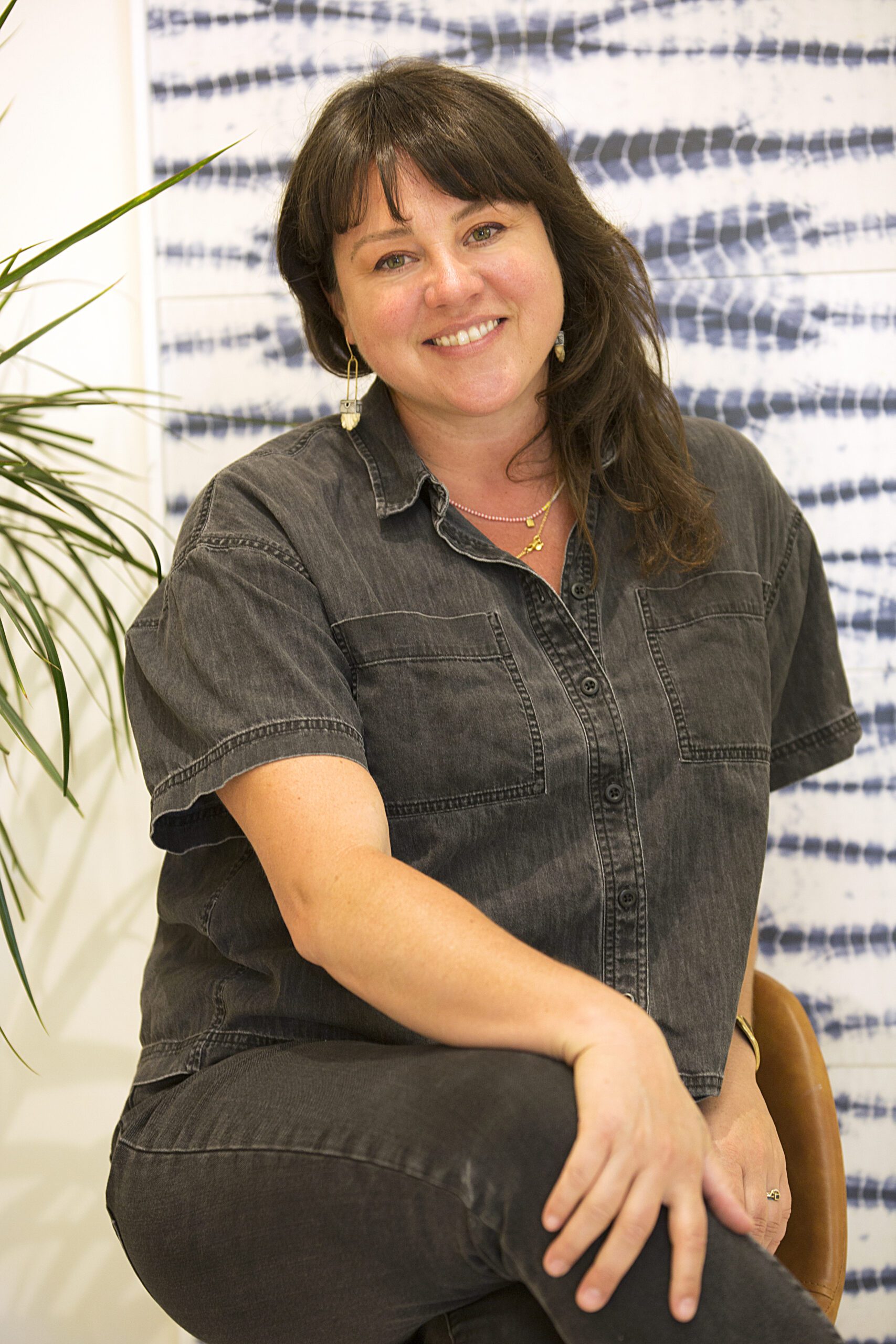
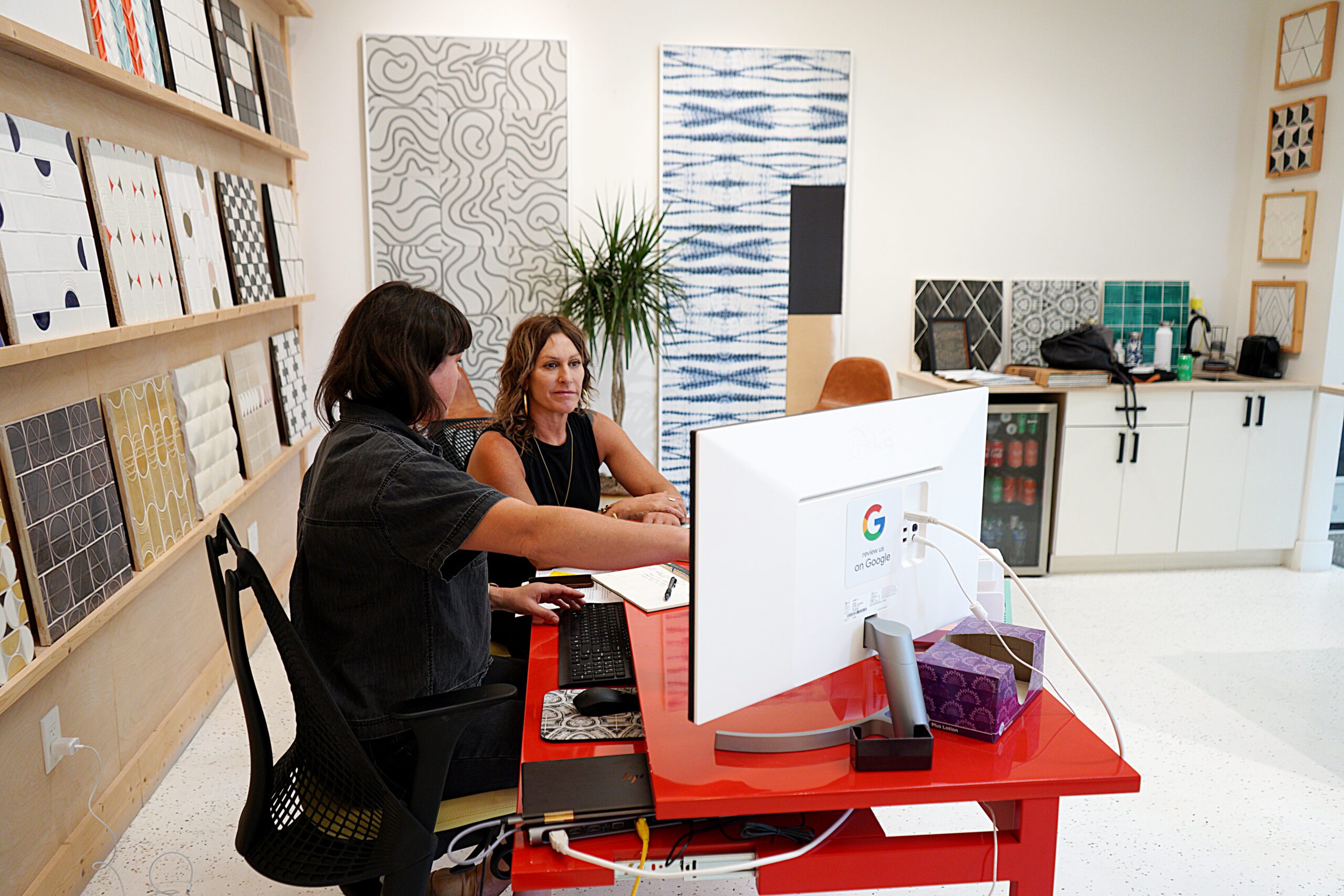
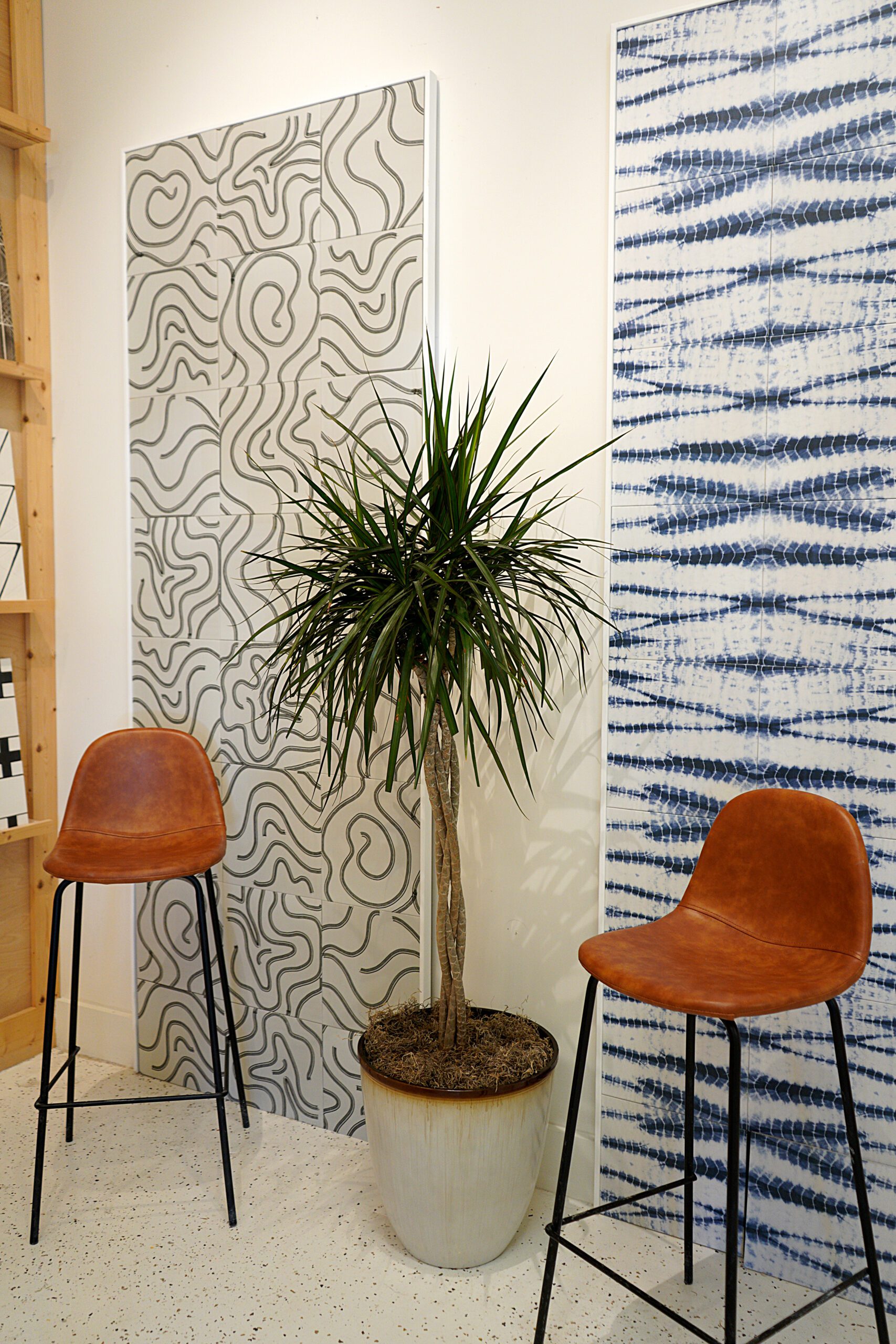

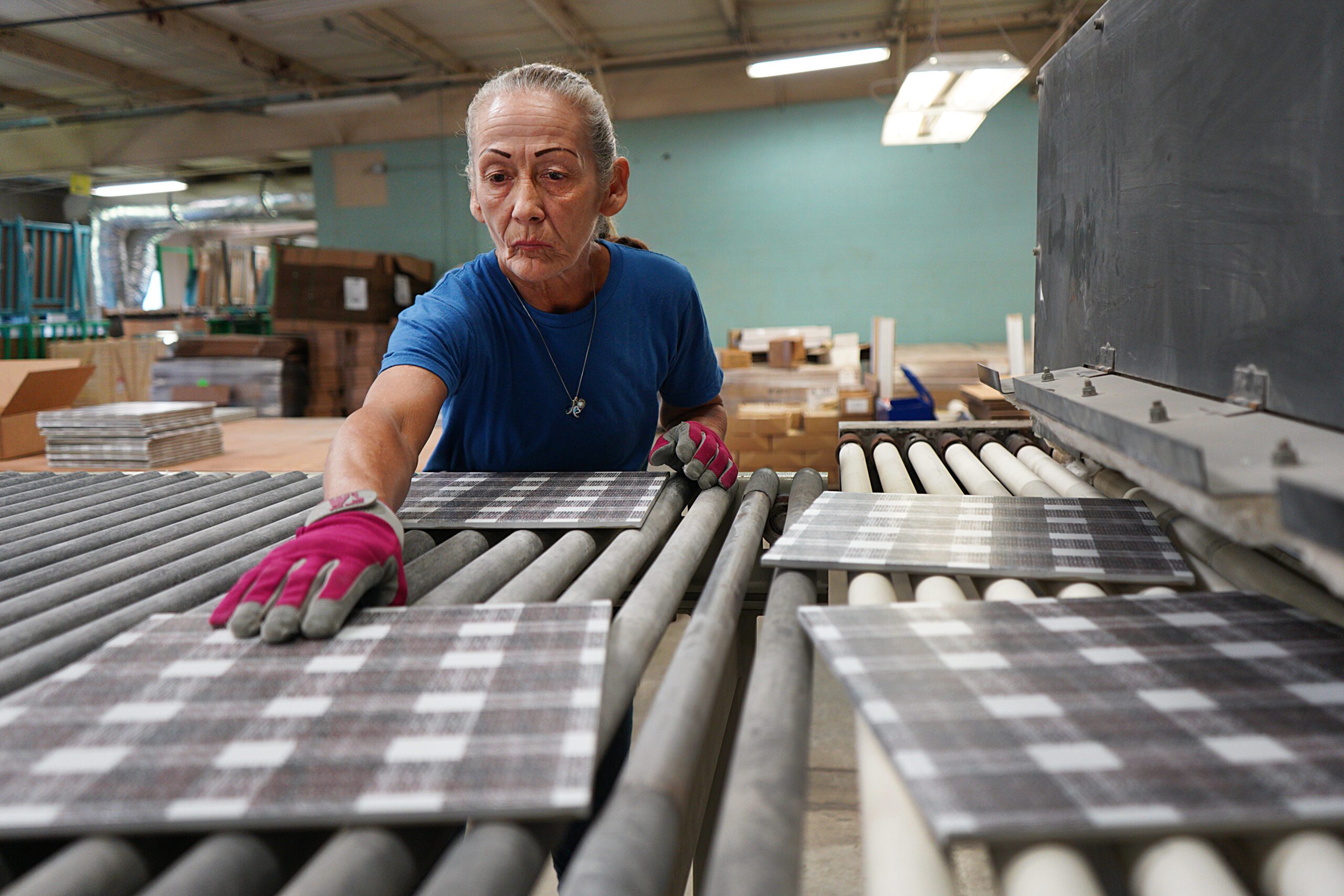

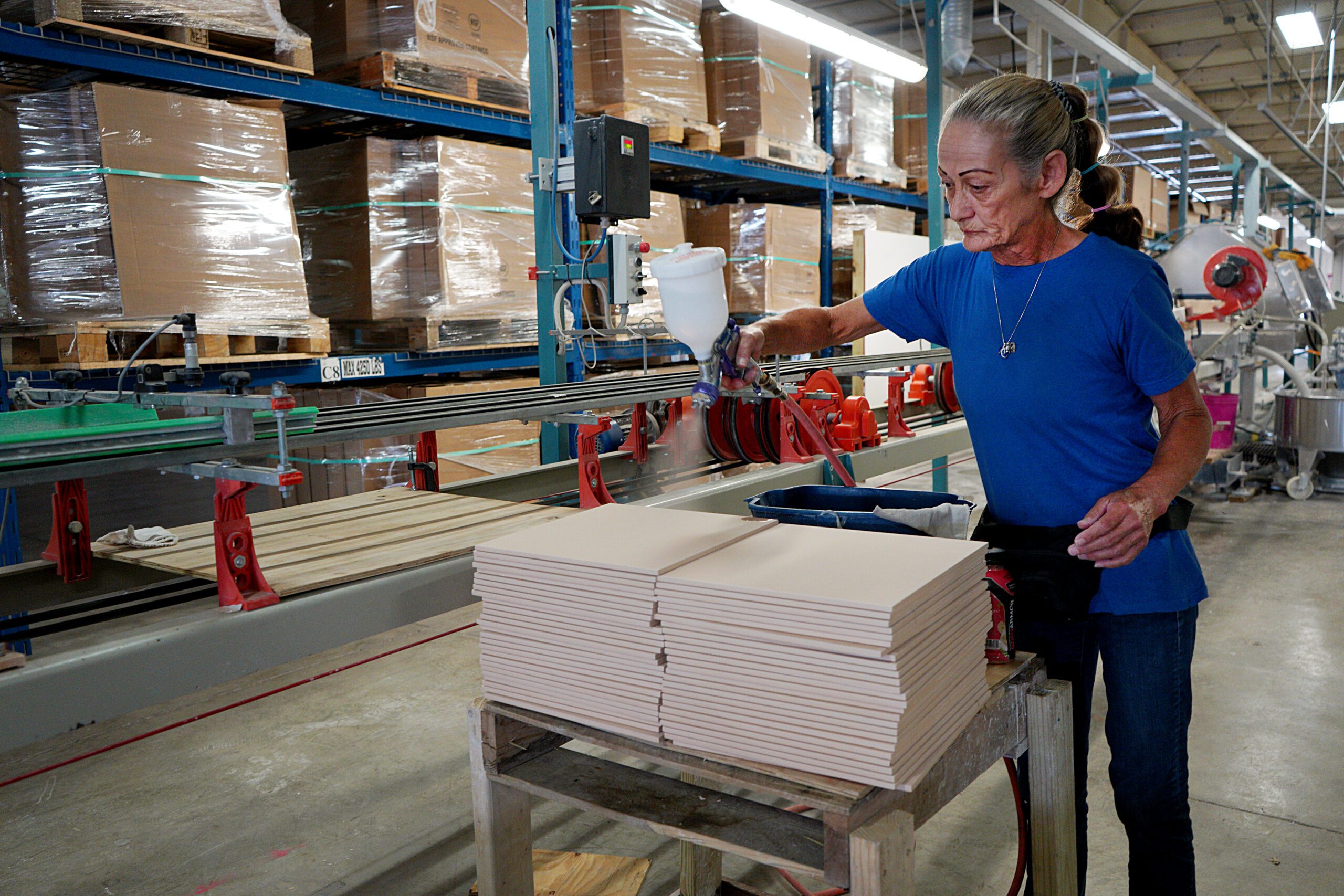
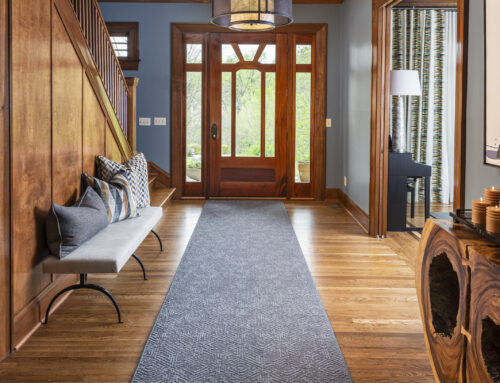
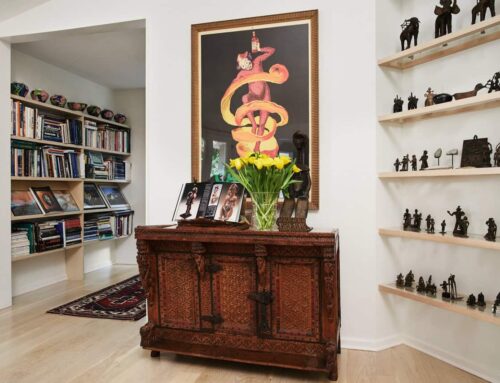

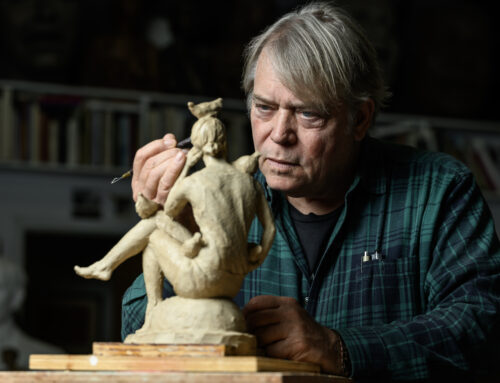

Leave A Comment
You must be logged in to post a comment.